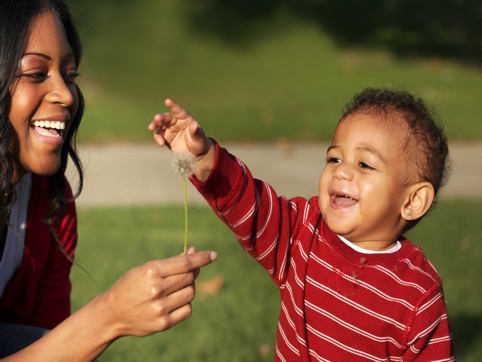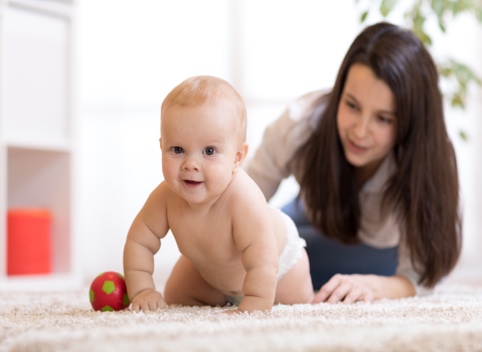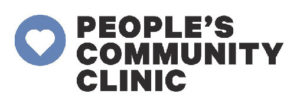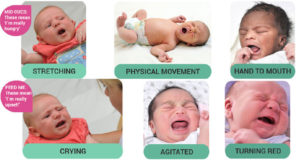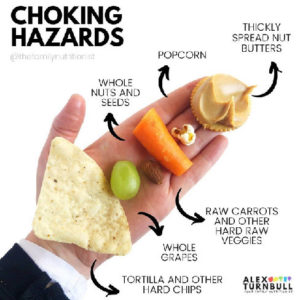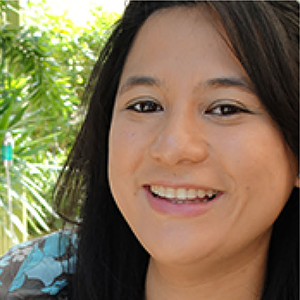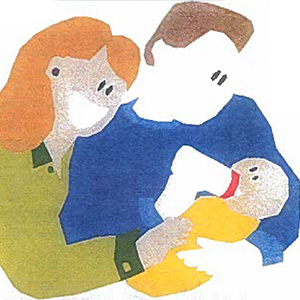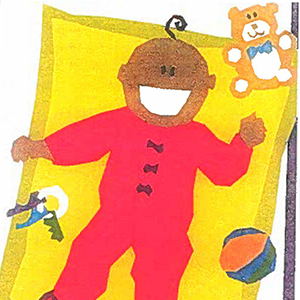HELP ME BE HEALTHY.
At this checkup, the doctor will:
- Weigh and measure me.
- Check me from head to toe to see:
- How I move.
- How well I hear.
- How well I see.
- Give me a few vaccines. Remember to write them in my health journal.
FEED ME AND TAKE CARE OF MY TEETH AND GUMS.
- Ask the doctor or WIC nutritionist about eating cereal at 4 months. Rice cereal is the first cereal I should try. Please feed me my cereal from a spoon. Don’t put it in a bottle.
- Hold me while I drink my bottle. It makes me feel safe and loved.
- Don’t put me in my crib and prop the bottle up for me. I could spit up and choke.
- Don’t put me to bed at night with a bottle. If I have a bottle in my mouth all night, the milk or juice could decay my new teeth.
- Holding me at feeding time makes me feel secure and loved.
- Clean my mouth with a soft, moist washcloth – even before I get my first teeth.
- Once my teeth start coming in, use a very soft, infant-sized toothbrush to brush my teeth.
KEEP ME SAFE.
- It’s time to make our house safe for babies. Look at it from my eye level. Crawl on your hands and knees and look around. Take away or move anything that I can reach or that could hurt me when I crawl around. Keep me away from cords of all kinds: telephone cords, drapery cords, and electric cords. Cover the electric outlets and put safety latches on the doors.
- Keep me away from cigarette and cigar smoke. It makes it harder for me to breathe.
- Make sure that the toys, pacifiers, and other things you give me are safe for me. They should not have any sharp edges or loose pieces. Toys should be big enough that I cannot fit them into my mouth.
- Use the safety strap and keep the baby seat on the floor and away from steps or other dangers. I’m now strong enough to wiggle out of the baby seat or tip it over.
- Never leave me alone on a bed, sofa or changing table, or in a walker or cub.
- Keep me away from hot liquids like coffee, tea, and soup. When you’re holding me, don’t try to drink anything hot. A hot liquid could spill on me and burn me badly.
- Keep balloons away from me. If a balloon covers my mouth, I can’t breathe.
PLAY WITH ME, IT HELPS ME LEARN.
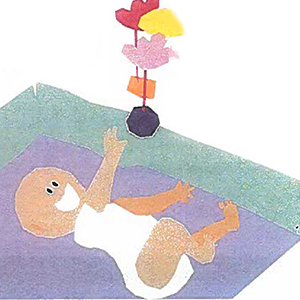
- Play “Talking back and forth.” First, I make a noise and you listen. Then, you make the same noise and I listen. We can do this many times.
- Put me on my back and let me reach for toys hanging from the sides of my crib or playpen. Make sure these are tied tight so they won’t hurt me.
- Read to me. I like rhyming words and stories that are short.
- Play Peek-a-boo with your hands or a blanket.
- Hold a rattle or toy in front of me. Move it to get my attention. Then let me try to keep my eyes on it while you move it from one side to the other, up and down, and in circles. This helps me use both eyes.
- Let me babble to you.
WATCH HOW I GROW.
New things are happening to me.
When something new happens to me, I might fuss. Change is hard for me. You could get confused and angry with me. What I really need is for you:
- To be patient.
- To show me new things, new people, and new situations very slowly.
- To let me try three or four times to get used to something new. I might like it better the second or third time I try it.
Each child grows and changes at a different rate.
Help me learn new skills by playing with me. Most babies have the following skills at the end of 4 months. If you are worried, talk to my doctor or nurse. To find a nearby Early Childhood Intervention program, call the DARS Help Line toll-free at 1-800-628-5115.
Watch for me to:
- Smile at you.
- Hold up my head without bobbing it around when I sit in your lap.
- Hold a small toy, like a rattle, for a few seconds in my hand if you place it in my hand.
- Laugh out loud.
- Say “oo,” “aah,” and other vowel sounds. Sometimes I say these sounds fast.
- Sometimes I say them slow and kind of sing them.
- Hold my head all the way up and rest on my arms when I’m on my stomach.
- Recognize sounds I hear a lot, like your voice, the sound of a favorite toy, or running water.
- Let you know I recognize you as a special person. I get excited when I see people I know or my bottle.



